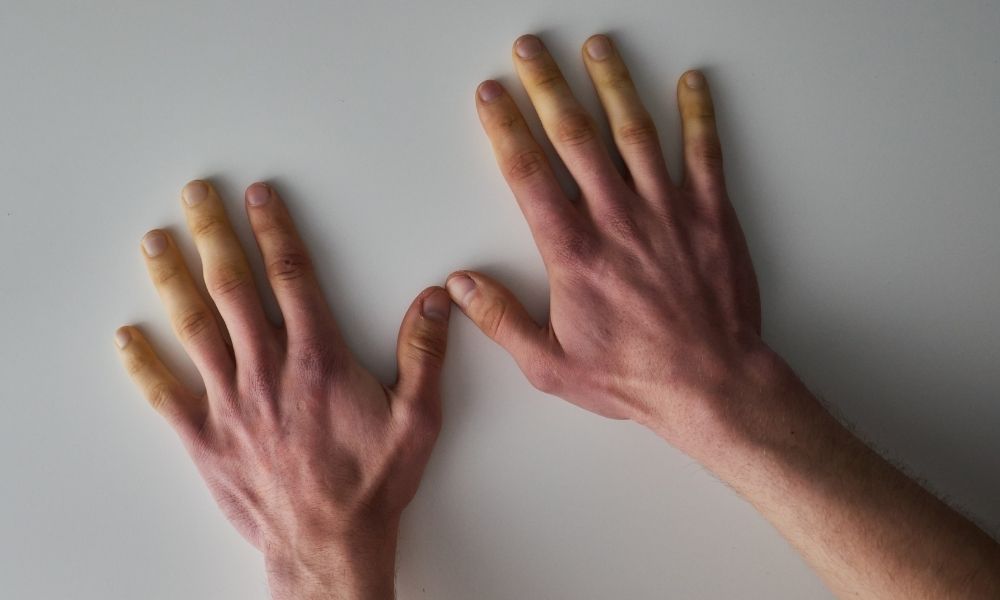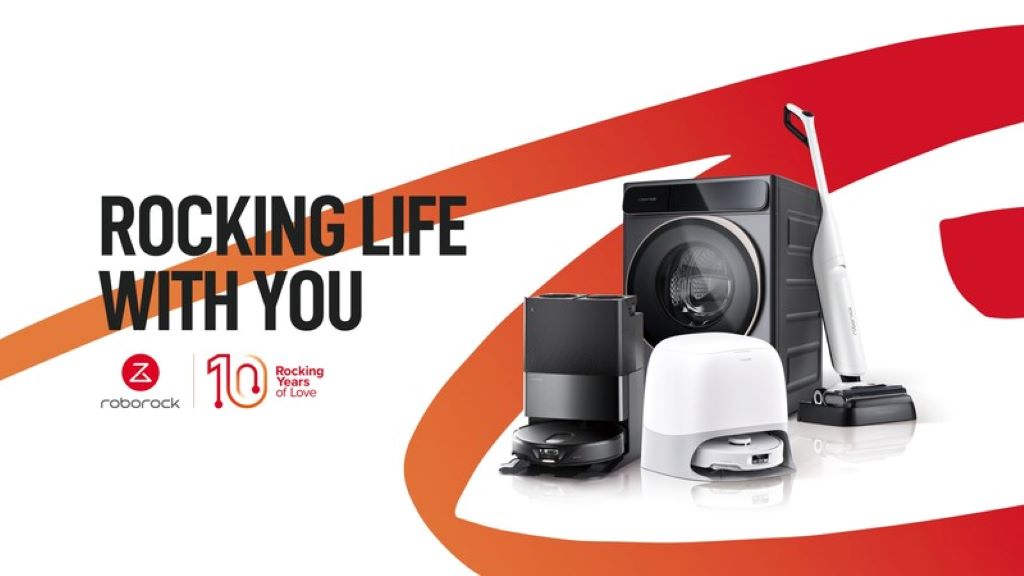Hand-Arm Vibration Syndrome and What To Know

When you work in an industrial job that requires hands-on labor, the work can take a toll on you if you aren’t careful. Remaining safe, allowing yourself breaks, and staying fed and hydrated on the job will prevent injuries and accidents. However, there’s a chance you can develop hand-arm vibration syndrome if you work with power tools.
Read on for more about hand-arm vibration syndrome and what to know so that you can take the necessary preventions. Otherwise, your grip will weaken and sensations will start to linger over time.
What Is Hand-Arm Vibration Syndrome?
Hand-arm vibration syndrome—also known as HAVS—is an occupational disease affecting labor workers in varying industries who use vibrating tools. It consists of symptoms that come with prolonged vibration exposure due to handheld devices. It doesn’t stop at the fingers, as it can also affect the arms and hands. It affects three systems in the body: neurological, vascular, and musculoskeletal.
Some of the handheld vibrating tools that can cause HAVS include:
- Chain saws and power drills
- Jumping jacks and jackhammers
- Power jigsaws and concrete vibrators
- Pneumatic drills and chipping tools
- Sanders, polishers, and needle guns
There are plenty more vibrating tools out there that can cause HAVS. The disease can take months to years to develop, but once the fingers blanch, the condition is irreversible.
What Are Its Symptoms?
Understanding hand-arm vibration and what else to know about it involves recognizing the list of symptoms, which can differ depending on the person. Some common symptoms of HAVS include feeling “pins and needles” in one or multiple fingers or losing feeling in the hands. Symptoms can remain mild by residing in the fingertips, coming and going. Otherwise, permanent numbness may extend beyond the fingers.
Another symptom is Raynaud’s phenomenon, where the tips of the fingers turn white, blue, and then red from exposure to freezing weather or, in this case, extended vibration interaction. Lastly, you can experience aches and pains that affect your grip strength.
Ways To Prevent HAVS
A way to avoid hand-arm vibration syndrome is taking steps toward prevention. Wearing work gloves made of rubber or silicone, which are the best anti-vibration materials, can prevent vibration damage. While you’re working, holding tools as loosely as possible and in varying conditions will reduce your chance of getting HAVS. Additionally, take regular 10-minute breaks away from the tool you use. Avoid smoking, keep yourself warm, and make sure you use tools correctly to prevent nerve damage.
Hand-arm vibration syndrome can affect the rest of your life. Take the necessary preventions now, and you’ll thank yourself later.





